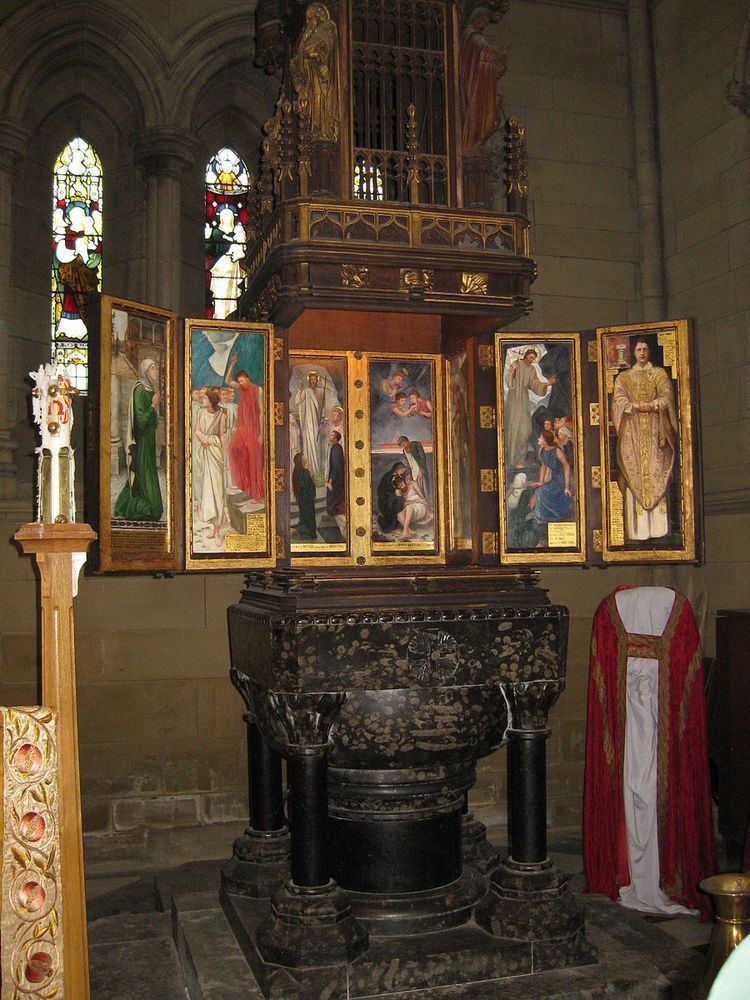Name Emily Ford | ||
 | ||
Susan Kluttz promo by Emily Ford
Emily Susan Ford (1850–1930), artist and campaigner for women's rights, was born into a Quaker family in Leeds She trained as an artist at the Slade School of Art and exhibited at the Royal Academy.
Contents
- Susan Kluttz promo by Emily Ford
- Emily ford level 8 states floor routine 2017 1st place 9 725
- Life
- Work
- References

Emily ford level 8 states floor routine 2017 1st place 9 725
Life

Emily Ford was born in Leeds into a politically active Quaker family who moved to Adel Grange in Adel on the outskirts of Leeds when she was 15. Her parents were Robert Lawson Ford (1809–1878) a solicitor and Hannah (née Pease) (1814–1886). Her youngest sister Isabella was a social reformer and suffragist.
Ford attended the Slade School of Art from 1875 and had a studio in Chelsea that was described by fellow artist, Dora Meeson as "a meeting ground for artists, suffragists, people who "did" things".
In the 1880s Ford became interested in spiritualism and joined the Society for Psychical Research. After leaving the Quakers, she was baptised into the Anglican Church at All Souls, Blackman Lane Leeds in 1890.
Emily Ford joined the Manchester Society for Women's Suffrage in the mid-1880s and became vice-president of the Leeds Suffrage Society where she was an active member and speaker. She was a member of the Artists' Suffrage League and designed a poster for it in 1908.
When in Leeds Emily lived at the family home, Adel Grange but after her older sister Bessie died in 1922, Emily and Isabella moved to Adel Willows, a small property nearby.
Work
Ford's work was influenced by the Pre-Raphaelite movement particularly Burne-Jones. After her baptism at All Souls, she gave the church a tall font canopy designed by R. J. Johnson of Newcastle attached to which are eight panels that she painted herself. Painted in a primitivist Italian style, they depict scenes from the Bible but the figures in them are portraits of people she knew, her friends clerics, the church's congregation and herself. The paintings were restored after fundraising and intervention by Victorian Society. She continued to devote herself to religious art designing stained glass windows and painting murals, but also produced posters, banners and shields for the suffrage movements.
Ford's painting Towards the Dawn, described as "feminist", was donated to Newnham College in 1890 by her friend Millicent Fawcett.
